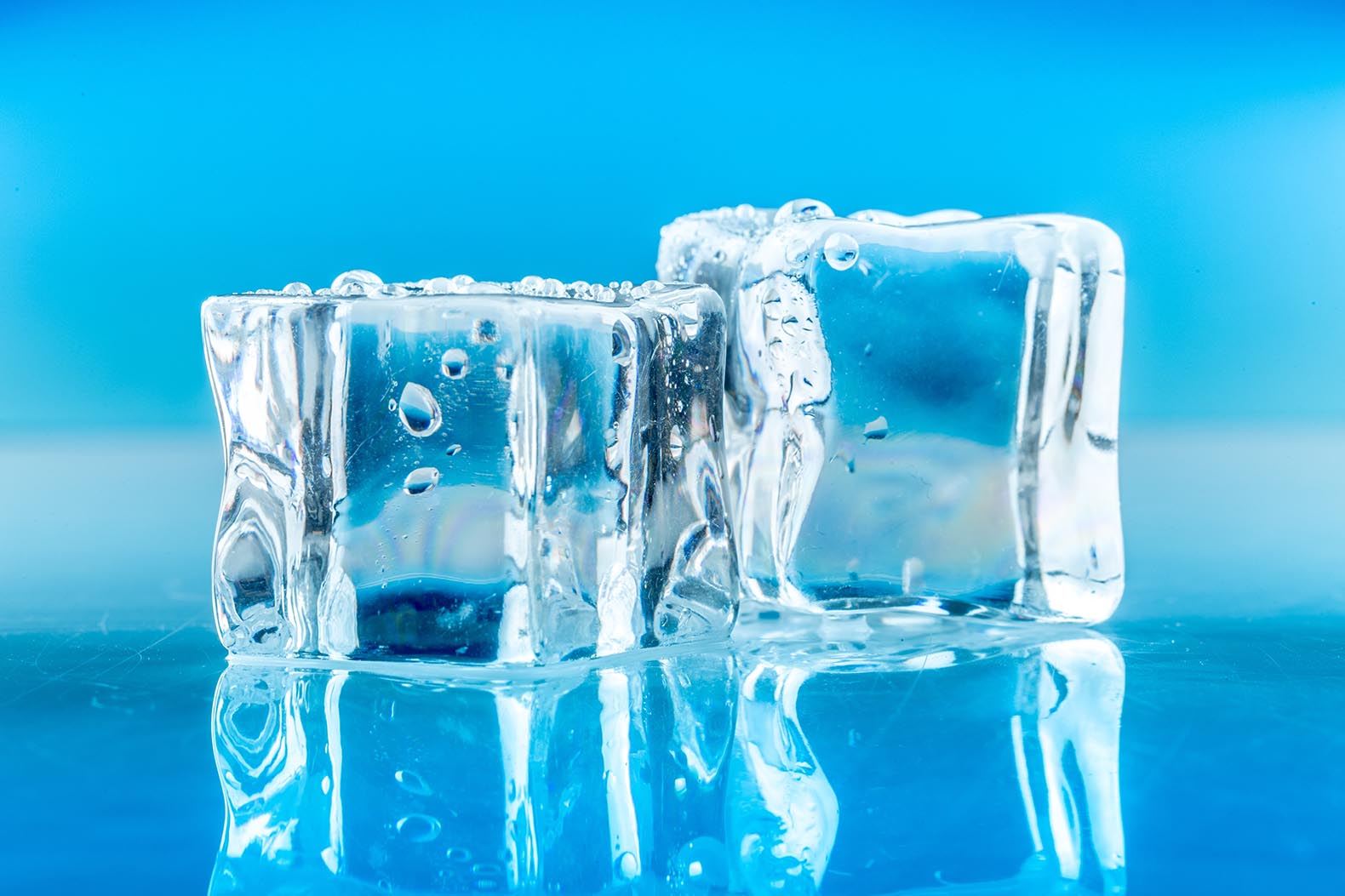It’s not every day you stumble upon a treasure that predates life on Earth itself, but that’s exactly what scientists discovered in the rugged outcrops of Jack Hills, Australia. Nestled within ancient rocks, they found a tiny crystal of zircon, clocking in at an astonishing 4.4 billion years old. This speck of Earth’s crust is not just old; it’s a survivor of a planet’s fiery infancy and a witness to the very earliest chapters of Earth’s evolution.
A Jewel from Earth’s Earliest Days
The zircon crystal, roughly the size of a speck of dust, is a geological time capsule. Formed just 160 million years after the Solar System came into being, it emerged in the aftermath of Earth’s wildest days—a time when the planet was more like a molten ball of chaos than the blue-green oasis we know today. It was around this era that a cataclysmic collision with a Mars-sized object birthed the Moon and left Earth glowing red-hot.
Yet, this zircon tells us that Earth didn’t remain a fiery inferno for long. By 4.4 billion years ago, our planet had cooled enough to form a solid crust, and—here’s the kicker—liquid water likely existed as early as 4.3 billion years ago. That’s right, not long after Earth stopped acting like an unruly teenager in cosmic terms, it was already showing signs of becoming hospitable.
Why Zircon Is the Perfect Storyteller
Zircon crystals are ridiculously resilient. They can endure intense heat, crushing pressure, and the ravages of time without breaking a sweat (or, you know, fracturing). That toughness is why these crystals are the go-to for geologists trying to decipher Earth’s early days.
The Jack Hills zircon, in particular, didn’t just survive—it thrived as a key piece of evidence for how Earth evolved. Its chemical makeup suggested not only the presence of a crust but also water, hinting that our planet’s transformation from molten madness to a life-friendly world happened faster than we thought.
Life and the Bigger Picture
Professor John Valley, a geochemist at the University of Wisconsin-Madison, summed up the significance of this zircon beautifully: “This confirms our view of how the Earth cooled and became habitable. This may also help us understand how other habitable planets would form.”
But the zircon’s story doesn’t end there. It opens the door to tantalizing questions about when life might have first emerged. If water existed 4.3 billion years ago, could life have followed shortly after? Perhaps Earth’s earliest microbial inhabitants were swimming in those ancient waters while the planet was still cooling.
Not the Oldest Thing, but Close
As impressive as this zircon is, it’s not the oldest material scientists have found on Earth. That honor belongs to microscopic grains of interstellar dust embedded in the Murchison meteorite that crashed in Victoria, Australia, in 1969. These grains, which predate the Solar System itself, are estimated to be 5 to 7 billion years old. They’re a cosmic reminder of the Milky Way’s own history of star formation, showing just how interconnected our universe truly is.
From fiery beginnings to a cooling crust and even the whispers of ancient waters, this tiny zircon crystal tells a tale that’s as humbling as it is mind-blowing. It’s a speck, yes, but one that carries the weight of Earth’s earliest story in its impossibly old structure. And who knew such a small thing could shine such a big light on our planet’s mysterious past?












Leave a Reply